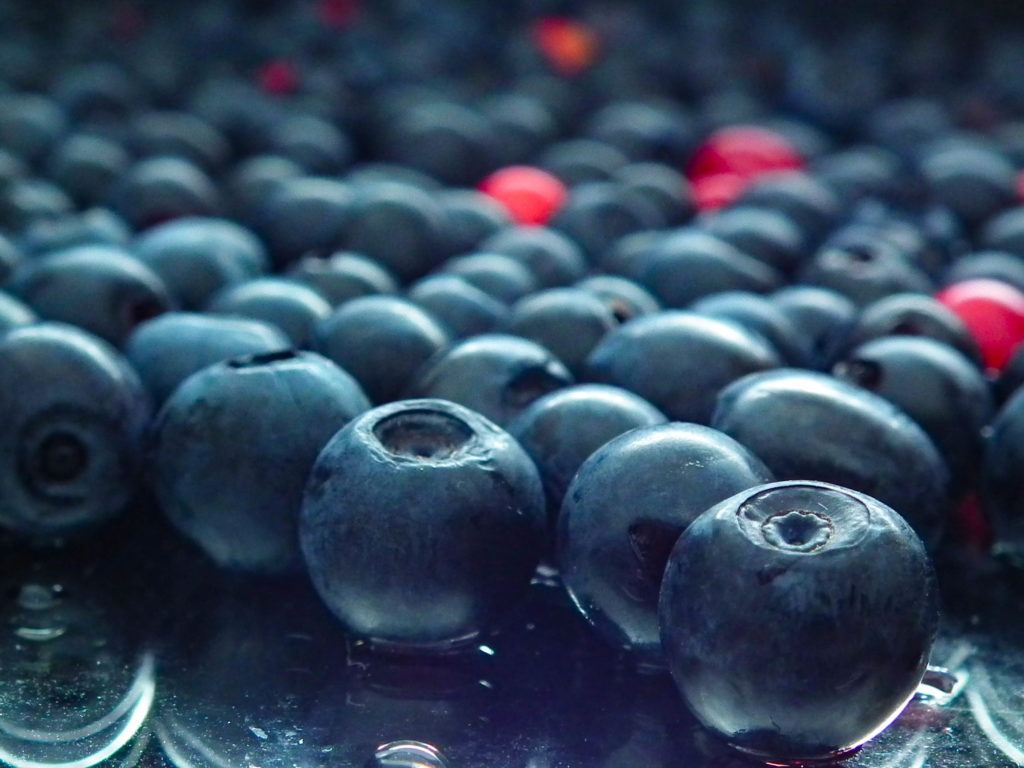Berries, often lauded for their rich flavors and vibrant hues, encompass a vast array of phytonutrients and antioxidants, making them protagonists in the dialogue surrounding ocular health. As an integral component of the human diet, these small, succulent fruits are emerging as focal points in research centered on maintaining and enhancing vision. This article endeavors to explore the multifaceted relationship between berries and visual health, delving into their biochemical constituents, the mechanisms by which they potentially confer benefits, and the larger context of integrating such foods into a holistic dietary paradigm.
The foundation of understanding berries’ impact on vision health lies in their rich composition of vitamins, minerals, and antioxidants. Vitamins C and E, along with beta-carotene, have established roles in maintaining ocular integrity and function. Concurrently, the presence of lutein and zeaxanthin, carotenoids omnipresent in various berry species, warrants thorough exploration due to their specific protective roles within the macula—an area critical for central vision. Berries such as blueberries, blackberries, and strawberries stand at the forefront of this conversation, differentiated by their respective profiles of bioactive compounds.
Antioxidants play a pivotal role in mitigating oxidative stress—a negative byproduct of metabolic processes that contributes to cellular aging and degeneration, notably in ocular structures. Research indicates that anthocyanins, the potent antioxidants responsible for the deep blue and purple pigmentation of certain berries, exhibit the capacity to cross the blood-retinal barrier. This attribute permits their direct action on retinal cells, offering a protective effect against photodynamic damage from excessive light exposure. Studies have illustrated that higher dietary intake of anthocyanins is correlated with a reduced incidence of age-related macular degeneration (AMD), underscoring their potential to serve as a dietary intervention for preserving vision in older adults.
Additionally, the rich polyphenol content found in berries contributes to the modulation of inflammatory processes, which can exacerbate ocular diseases. In particular, conditions such as dry eye syndrome and uveitis may benefit from the anti-inflammatory properties of berry extracts. Investigative studies have highlighted the ability of berry-derived polyphenols to inhibit the expression of pro-inflammatory cytokines, suggesting a promising avenue for therapeutic dietary strategies aimed at alleviating ocular discomfort and fostering overall ocular wellness.
The mechanisms by which berries can protect vision extend beyond mere nutrient supply; they encapsulate a more holistic ecosystem of dietary synergy. For instance, the bioavailability of specific compounds can be enhanced when berries are consumed in conjunction with other nutrient-dense foods known to support eye health. Incorporating healthy fats—such as those found in avocados or nuts—can significantly improve the absorption of fat-soluble vitamins and carotenoids, thereby amplifying the ocular benefits of berries. This interrelationship emphasizes the importance of adopting an integrative approach to nutrition rather than isolating individual components.
Moreover, the consumption of berries may also have psychoneurological dimensions that influence visual perception. Emerging research posits a link between diet and cognitive function, suggesting that the neuroprotective effects of berry antioxidants extend beyond vision to general cognitive health. Cognitive decline can correlate with diminished visual processing capabilities; therefore, the inclusion of such powerful fruits in the diet serves a dual purpose—preserving vision as well as enhancing cognitive resilience. This interplay merits further investigation, positioning berries not only as a source of nourishment but as a means of sustaining the synergistic relationship between cognition and vision.
The conversation extends into practical dietary recommendations. Regular inclusion of berries in the daily or weekly meal plan is advised. Consider integrating a variety of berries—such as strawberries, raspberries, blackberries, and blueberries—into both sweet and savory dishes. Smoothies, salads, and yogurts provide opportunities to enhance the organoleptic qualities of these fruits while amplifying their health benefits. Furthermore, utilizing frozen berries allows for year-round accessibility, ensuring that the advantages they confer remain within reach, regardless of seasonal variations.
One must also consider potential challenges associated with berry consumption. Pesticide residue and potential allergic reactions present concerns for some individuals; hence selecting organic options when possible can mitigate exposure to harmful chemicals. Furthermore, the glycemic impact of certain berry varieties should be regarded cautiously, especially among individuals monitoring blood sugar levels. Thus, awareness and education around berry varieties can empower consumers to make informed dietary choices that sustain both taste preferences and health objectives.
As the exploration of berries as functional foods continues to evolve, the body of evidence supporting their ocular benefits grows increasingly robust. Yet, it is crucial to approach this domain with a discerning lens, recognizing that while berries offer compelling advantages, they are part of a broader dietary mosaic essential for optimal vision health. Indeed, no single food can singularly dominate the conversation regarding eye care; a diverse and balanced diet remains paramount.
Research in this realm is burgeoning, with future inquiries poised to unravel the complexities of berry bioactive compounds and their interactions within the human body. As such, promoting education around the benefits and culinary versatility of berries can empower individuals to embrace these fruits as both nourishing components and proactive allies in the maintenance of visual acuity. Ultimately, fostering awareness about diet’s profound impact on eye health could drastically curtail the incidence of vision-related ailments, ushering forth a generation that prioritizes ocular wellness through informed dietary practices.
In conclusion, while the relationship between berries and vision health is firmly established within scientific discourse, ongoing research is crucial to fully understand their role and optimize the advantages they offer. Emphasizing a diet rich in diverse fruits, including berries, may serve not only as a preventive measure but also as a cornerstone of a holistic approach to vision health, enabling individuals to preserve their sight and sustain a higher quality of life as they age.
